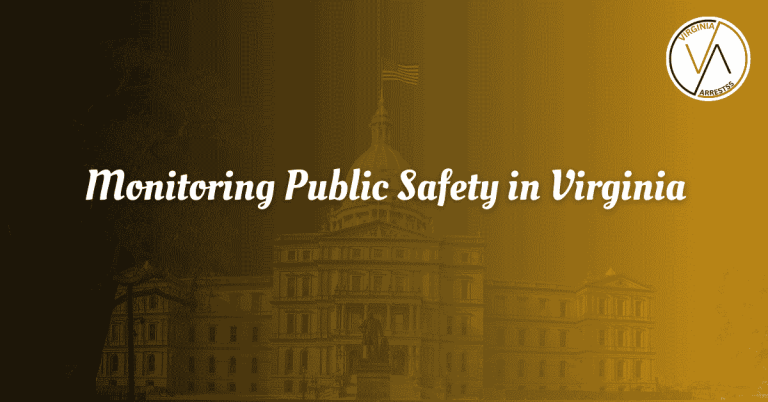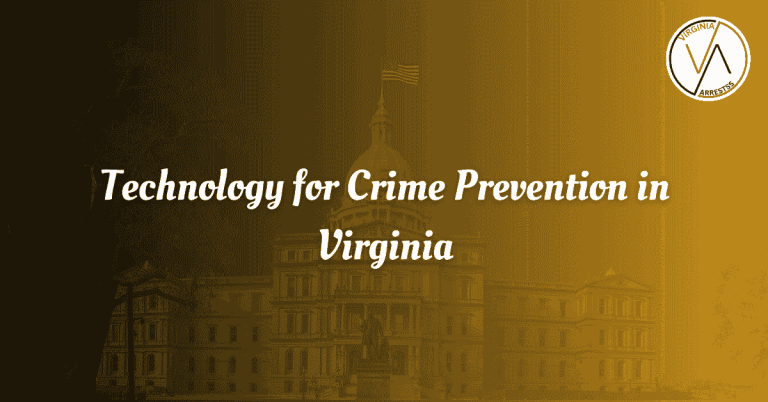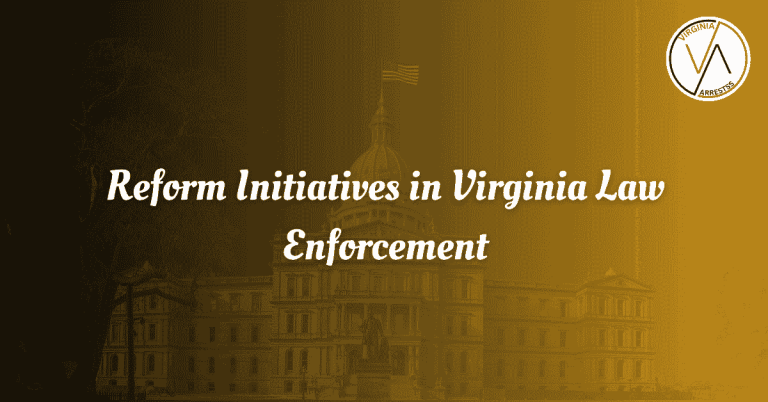Crime Trends in Virginia
Crime trends in Virginia have been a topic of concern for residents and law enforcement agencies alike. With a growing population and changing societal dynamics, it is crucial to stay informed about the patterns and statistics surrounding criminal activities in the state. Understanding the shifts in crime rates and types of offenses can help communities and authorities work together towards ensuring safety and security for all.
From urban centers to rural areas, crime trends in Virginia can vary significantly. Factors such as economic conditions, demographics, and law enforcement strategies play a role in shaping the landscape of criminal activities. By staying up-to-date on the latest data and analysis, individuals and organizations can make informed decisions and take proactive measures to address potential issues before they escalate.
Importance of Analyzing Data on Criminal Activities
By studying data on criminal activities in Virginia, law enforcement agencies and policymakers can identify patterns, trends, and hotspots that require targeted interventions. This data-driven approach helps in allocating resources effectively and implementing proactive measures to prevent crime.
Developing Strategic Plans for Enhancing Public Safety
Strategic planning plays a key role in addressing crime trends in Virginia. By setting clear goals, objectives, and timelines, authorities can work towards reducing crime rates, improving community safety, and fostering trust between law enforcement and residents.
Collaborative Efforts for Implementing Targeted Interventions
Collaboration among various stakeholders, including government agencies, community organizations, and law enforcement, is essential for implementing targeted interventions to address specific crime trends in Virginia. By working together, these entities can pool resources, share expertise, and coordinate efforts effectively.
Factors Influencing Crime Rates in Virginia
Several factors influence crime rates in Virginia, including socioeconomic conditions, access to education and healthcare, substance abuse, and community policing strategies. Understanding these factors is crucial for developing holistic approaches to crime prevention and intervention.
Community Initiatives for Creating a Safer Environment
Community-led initiatives, such as neighborhood watch programs, youth mentorship projects, and crime prevention workshops, play a vital role in creating a safer environment in Virginia. By engaging residents in crime prevention efforts, communities can take ownership of their safety and well-being.
Data-Driven Analyses for Effective Crime Prevention
Data-driven analyses enable law enforcement agencies to identify trends, patterns, and risk factors associated with criminal activities in Virginia. By leveraging technology and analytics, authorities can predict potential crime hotspots, deploy resources strategically, and prevent incidents before they occur.
Proactive Measures for a Secure and Peaceful Future
Adopting proactive measures, such as community policing initiatives, youth diversion programs, and restorative justice practices, is essential for ensuring a secure and peaceful future for Virginia. By focusing on prevention, intervention, and rehabilitation, authorities can break the cycle of crime and build safer communities for generations to come.
Frequently Asked Questions
Learn more about crime trends in Virginia with our informative FAQ section. We have compiled commonly asked questions along with detailed explanations to help you understand the topic better.
What are the current crime trends in Virginia?
Crime trends in Virginia have been fluctuating in recent years, with certain areas experiencing a rise in specific types of crimes such as property theft and drug-related offenses. It is important to stay informed about the latest statistics and trends to ensure the safety of yourself and your community.
How does crime in urban areas differ from rural areas in Virginia?
Urban areas in Virginia tend to have higher crime rates compared to rural areas due to factors such as population density, socioeconomic disparities, and access to resources. Understanding these differences can help local authorities and residents implement effective crime prevention strategies.
What are the most common types of crimes reported in Virginia?
Some of the most common types of crimes reported in Virginia include larceny, burglary, assault, and drug-related offenses. By being aware of the prevalent crimes in the state, individuals can take necessary precautions to protect themselves and their property.
Are new crimes happening in Virginia that people need to know about?
Emerging crime trends in Virginia may include cybercrime, identity theft, and scams targeting vulnerable populations. It is crucial for residents to stay vigilant and educate themselves on these new forms of criminal activity to avoid becoming victims.
How can communities in Virginia work together to prevent crime?
Communities in Virginia can work together to prevent crime by establishing neighborhood watch programs, collaborating with local law enforcement agencies, and promoting community engagement. By fostering a sense of unity and responsibility among residents, communities can create safer environments for everyone.







